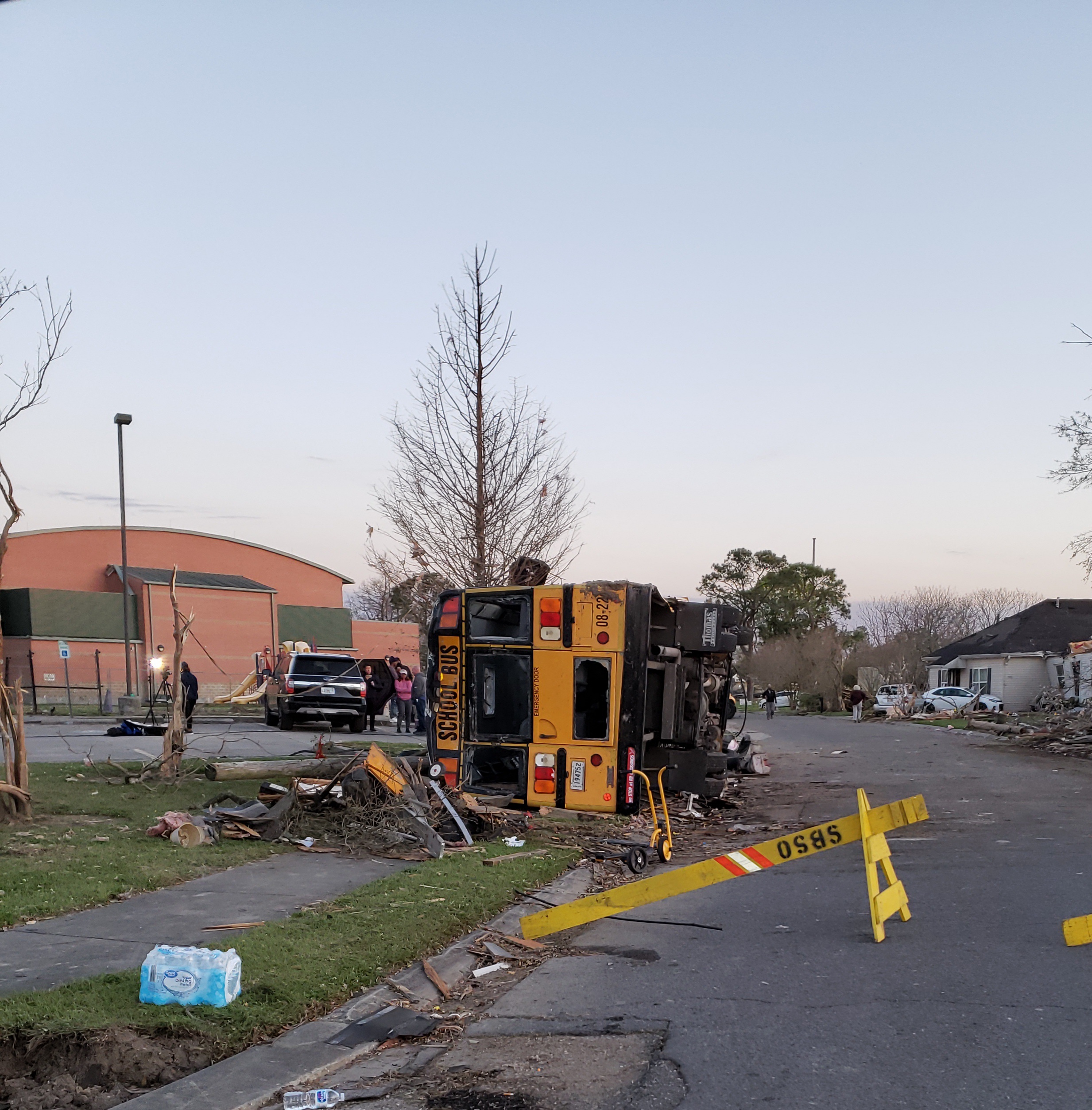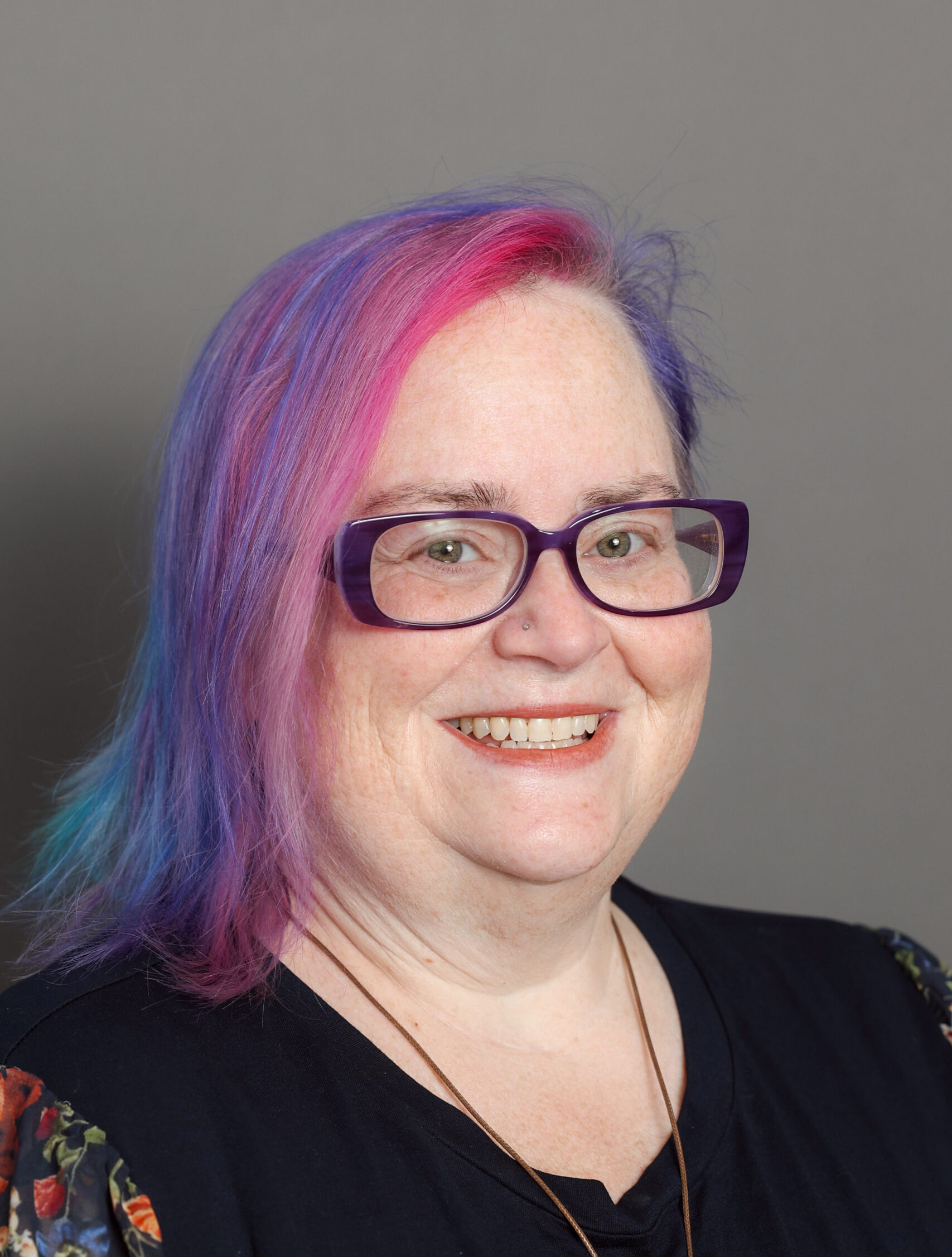Reflecting on tornado recovery in Louisiana

A few weeks ago, there was an eerie silence for a Tuesday night in New Orleans’ Broadmoor neighborhood. Even the normal sounds of kids playing overlayed by sirens from first responders were missing. It felt like the silence in the eye of a hurricane, but missing the sounds of people checking their houses.
A few miles away, on the street I lived on when I first moved to the New Orleans area, the scene was different. But I could only watch that on the news as it live-streamed from what had been home to me. A neighborhood I still drive through almost weekly. As I drove through it on March 23 there were sounds of weeping, of chainsaws, of neighbors and families removing debris, and of course, the ever-present hum of generators.
The tornadoes that hit Louisiana on March 22 were part of a series of storms that swept across the southern U.S. in March. Although meteorological spring started March 1, the severe tornado season is usually from April to June (ending just in time for hurricane season to start). But this year, an overactive tornado season was predicted, and that seems to be holding.
At the Center for Disaster Philanthropy (CDP), we monitor disasters all over the world. As a remote workplace, we are scattered across North America and often see extreme weather hitting close to home. In August, I was hit by Hurricane Ida, and while I had to evacuate afterward due to power losses, it just felt like a normal part of living in New Orleans.
The tornado was different. Rated as an EF-3, the wind speed of 160 miles per hour made the tornado the strongest to ever hit New Orleans. In 2009, I brought my first group of students from a university in Toronto to New Orleans to rebuild. We worked in a neighboring parish, with SBP (formerly St. Bernard Project), and our first project was insulating the home of Miss Rebecca. She lives on Friscoville Avenue in Old Arabi.
When I first moved to Greater New Orleans, I found an apartment across the street and two houses down from her. Arabi was my home. It is where I lived, but also where I shopped and ate. And I continued to do so after I moved to Broadmoor. The parish itself was the focus of my Ph.D. research, and although I never earned the degree, I fell in love with the community and its people.
Recovery is going to be challenging, coming on the heels of COVID-19 and Hurricane Ida. The homes that were damaged have all been built or repaired since Hurricane Katrina, which destroyed Arabi. People are low on energy and resources. Philanthropy will need to step in to help by providing financial resources and technical assistance.
St. Bernard Parish doesn’t have the infrastructure of New Orleans, but already I’ve seen New Orleans-based (and national) non-governmental organizations stepping up to provide support and services, as well as leading logistics to help its neighbor.
There were also 1,000 homes damaged across Texas the day before, but attention will be diverted by the bigger name of New Orleans. It is critical that funders pay attention to the smaller disasters and communities as well.
A few suggestions on how to help:
- Provide cash, not stuff, unless specifically requested. CDP’s grantee partner Imagine Water Works is running an innovative program to address the issue of unwanted stuff, often known as the second disaster. Arabi residents can sign up with a list of what they need. Volunteers will go shopping for new items based on that list, and Imagine Water Works will reimburse the shoppers using donated funds.
- Listen to the locals. In small communities across Texas, Oklahoma, Mississippi and Louisiana, there are groups that have been in the area for years and will stay there in the months and years to come. See what their needs are and fund them to respond to the tornadoes.
- Provide funding to funds. Groups like the Southeast Louisiana United Way and the Greater New Orleans Foundation are already responding. They will continue to support mid- and long-term recovery, and are poised to help their communities for years to come. CDP’s Disaster Recovery Fund is also open to tornado-related donations and will work with the community to identify long-term recovery needs. After COVID-19 and two years of numerous hurricanes, we have lots of grantee partners in the area.
